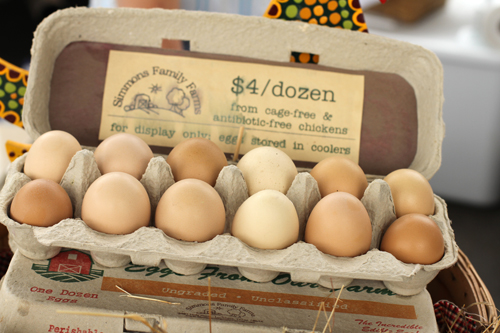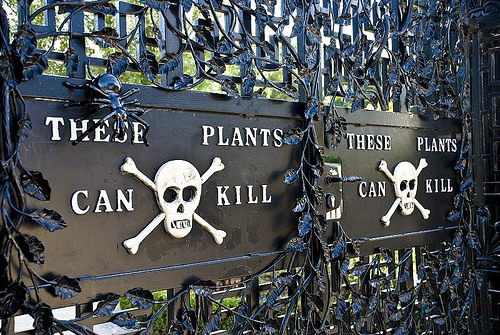Indoor Pets for Your Outdoor Garden
Unfortunately, some people just can’t see the benefit of backyard chickens, and they can’t let others be. You may live in an area that doesn’t allow for livestock such as chickens and have neighbors that have a lack of appreciation for self-reliance and fresh food. But does that mean that you have to … Read more







